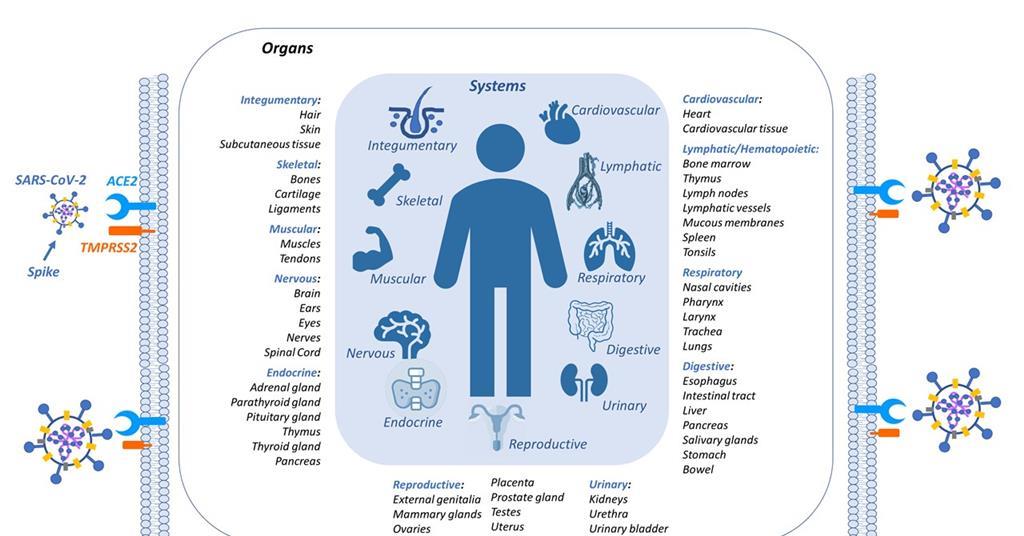Next time you’re stuffing fistfuls of delicious bacon into your taste receptors , you might want to consider sticking a piece or two of crispy goodness into your crotch, then up your butt for good measure.
No, I’m not suggesting you develop a kinky bacon fetish (although experimenting with bacon condoms is always a good idea). I’m just a firm believer in enjoying the maple-hickory goodness with all of your body’s taste receptors. Including the ones chilling on the tops of your testicles and at the entrance to your anus. Yeah, you read that right: if you have testicles, you also have a gorgeous set of taste receptors right at the tippy tops of your gonads. Just waiting to approve or disapprove your flavored condom choices.
The same goes for the neat cluster of taste receptors sitting just inside your anus. Although we feel kind of bad for that particular part of your anatomy. Something tells us Nature gave them the sh*tty end of the stick.
Taste Cell

Taste receptors :“Good medicine always tastes bitter”
“Good medicine always tastes bitter.” This ancient Oriental wisdom may soon be verified with modern
biology. Traditionally, bitter taste, one of five basic taste qualities. It is thought to guide organisms to avoid
harmful toxins and noxious substances and thus is critical to animal and human survival.
The sensors for bitter compounds in vertebrates are bitter taste receptors (T2Rs or TAS2Rs). A class of G
protein–coupled receptors (GPCRs) originally identified in type II taste receptor cells in the taste bud.
Traditionally it has been assumed that, responding to the pressure of food selection, different species have
evolved with different numbers of T2Rs: 25 in humans and 35 in mice .
Over the past decade, however, the expression of T2Rs and their downstream signaling molecules have been
found in several extraoral systems, including the digestive, respiratory, and genitourinary systems, as well as
in brain and immune cells. Moreover, these receptors carry out different biological functions in their varied locations.
These findings raise the intriguing possibilities that the evolution of T2Rs. This may also be influenced by
biological functions mediated by these receptors in extraoral cells and tissues (Campbell et al., 2014). T
hat these extraoral T2Rs may be attractive targets for new medicines. That currently used bitter medicines may
exert their pharmacological functions by acting on these extraoral receptors. Which, until now, have been
considered side effects or adverse effects.











